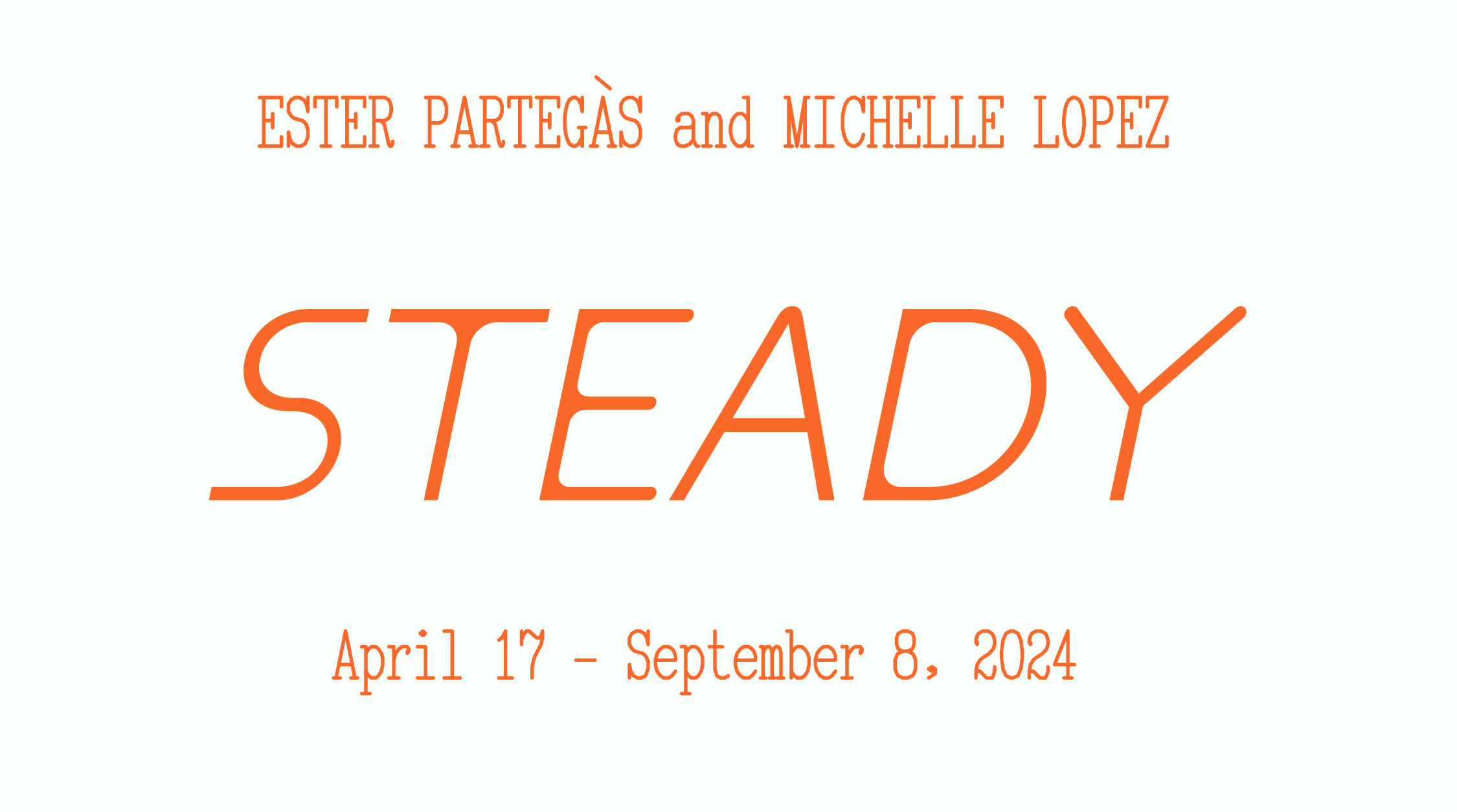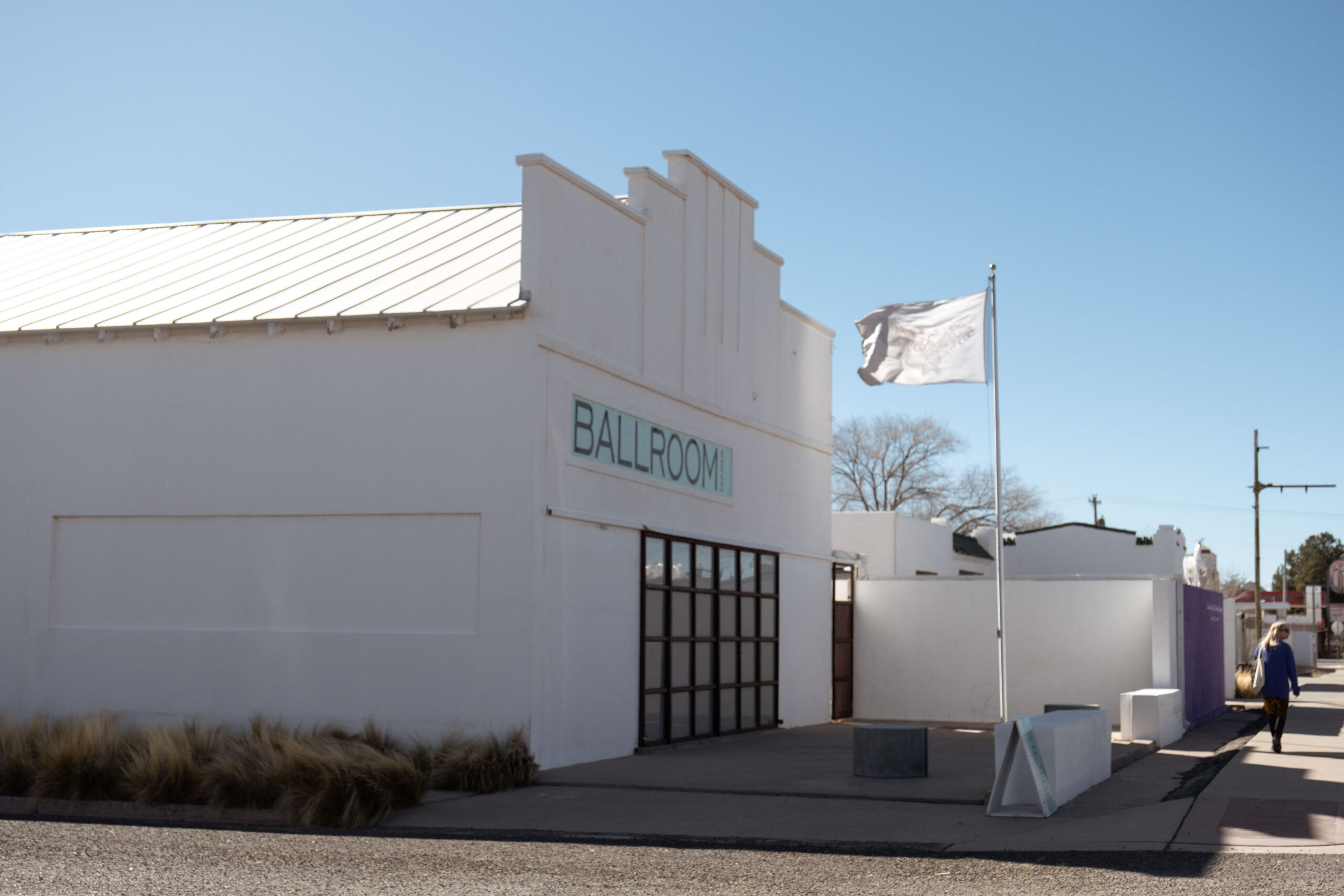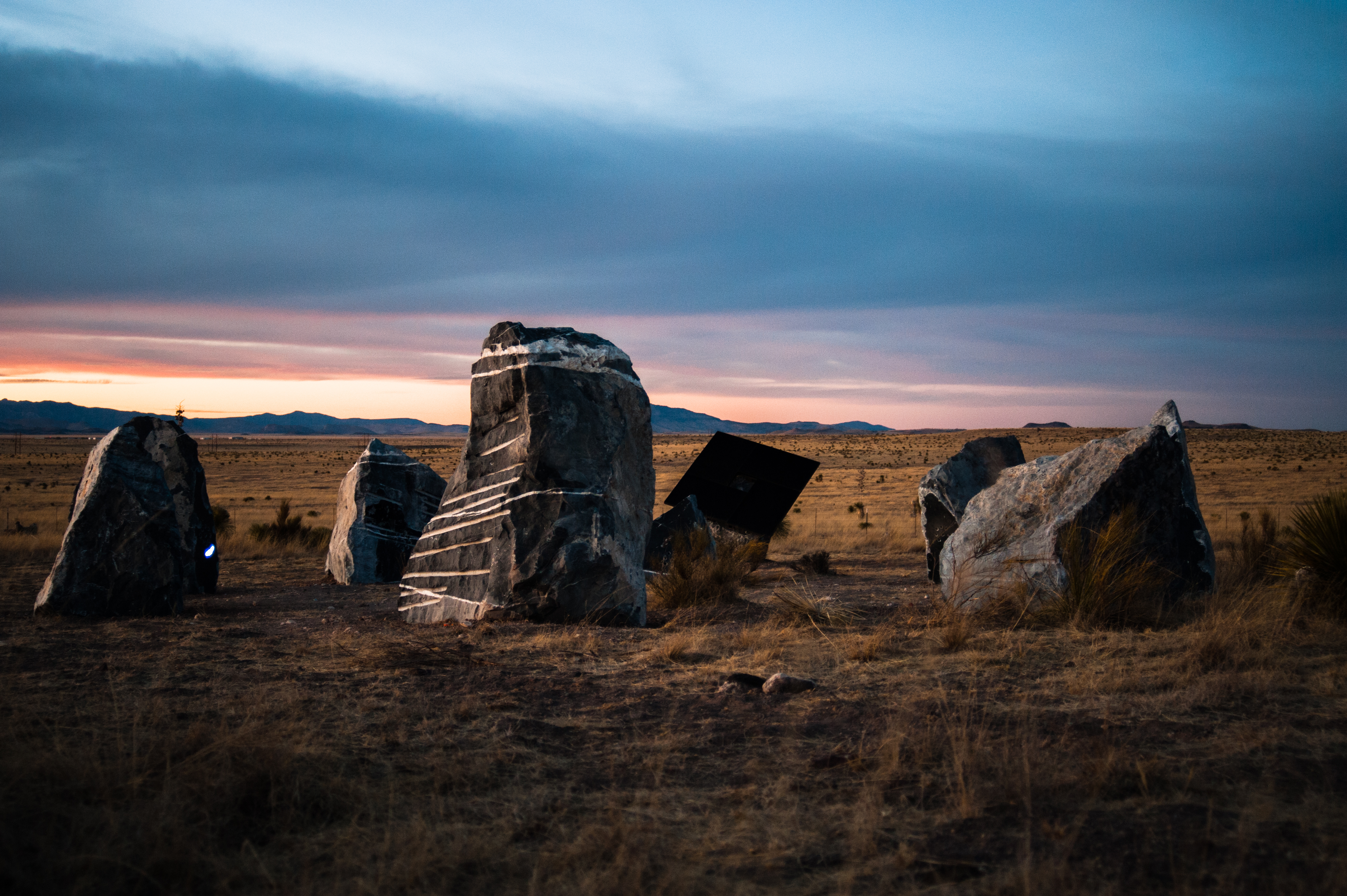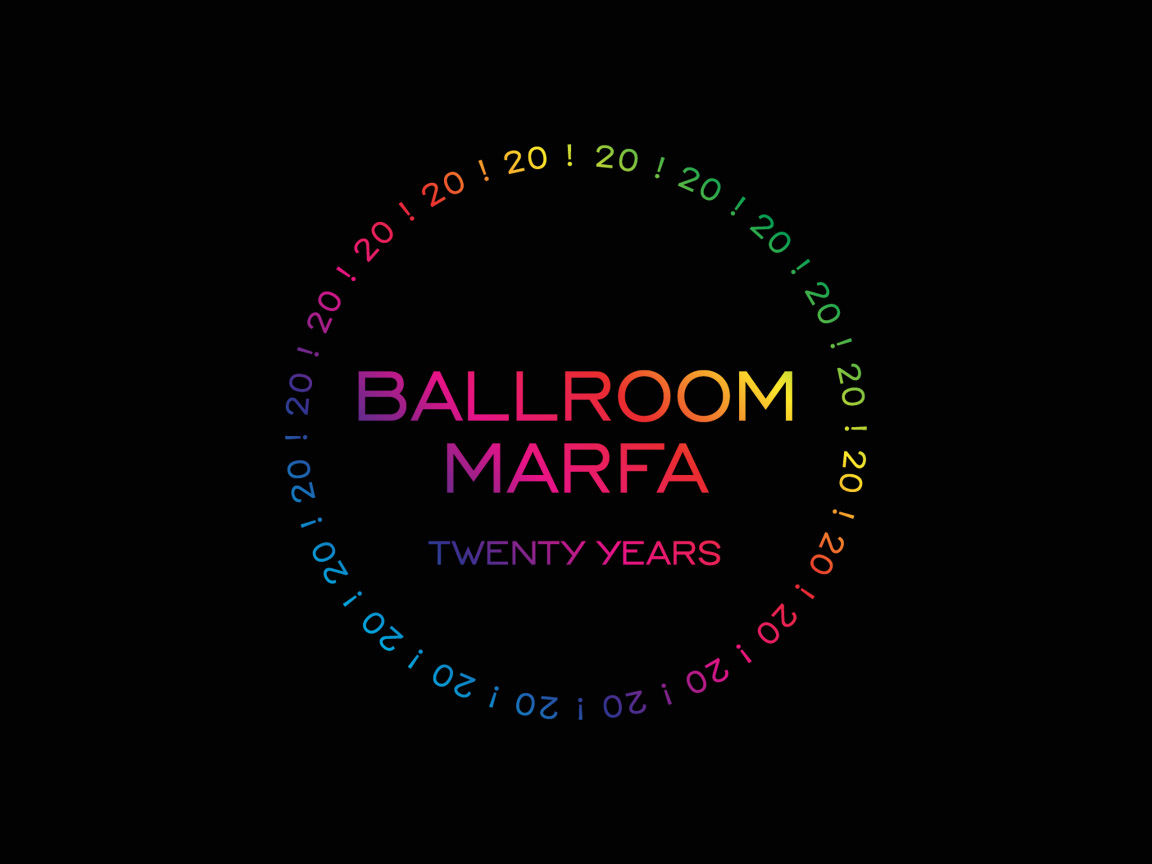Graham Reynolds’ Marfa Triptych: Research and Composition
18 Sep 2013

My research and composition center in Marfa.
The Marfa Triptych is three portraits of West Texas as envisioned by Austin-based composer Graham Reynolds. The first installment, The Country and Western Big Band Suite, is set to premiere at the Crowley Theater in Marfa, Texas on November 16 at 8pm. Tickets are available online in the Ballroom Marfa store.
Half-price tickets are available in the gallery and at the door for all residents of Brewster, Jeff Davis and Presidio counties.
The multimedia, genre-hopping trilogy of performances is inspired by Reynolds’ interest in the intermingled populations of the Texas-Mexico border regions, from ejido to ranch to the visual arts community.
The Marfa Triptych Part One: Country and Western Big Band Suite, is an instrumental suite for 13 players, described by Reynolds as “classic instrumental country meets Western soundtrack meets power jazz rhythm section.” This performance includes contributions from country music veteran Redd Volkaert, along with other members of Reynold’s far-reaching group of collaborators.
This project is inspired by Reynolds’ trips from his base in Austin, Texas to the high desert grasslands of Far West Texas that Ballroom Marfa calls home. His approach combines local musical traditions — from cowboy songs and Southern jazz to the norteño music of Northern Mexico — with a personal perspective that comes from years of scoring film, theater and modern dance performances.
As the project springs from the culture of Far West Texas, Reynolds is currently in the process of working with Ballroom Marfa to coordinate research trips throughout the region in order to experience its culture and history firsthand. Through his own connections and via sources recommended by Ballroom, Reynolds has been keeping an itinerary that includes visits with musicians, historians, storytellers, artists and local legends from Terlingua, Alpine, Presidio, Shafter, Fort Davis, Valentine, Marfa and other far-flung locales in the Big Bend region.
This is the first installment in Reynold’s documentation of his progress, with more to come.
Click here to take a listen to demo versions of two songs from the Country and Western Big Band suite.
Research excursions to Pile of Rocks and Fort Davis in search of inspiration and subjects.

The double rainbow seemed like a good sign for this project.
My interview with Adam Bork led me to watch the sunset from a bench on the west edge of town.

































